

CarExpert.com.au
The CarExpert team's favourite cars of 2025
3 Days Ago

Senior Contributor
Hyundai Australia has confirmed it plans to expand its Santa Fe range with a model-first hybrid variant around the middle of 2021.
The electrified 2021 Santa Fe should therefore arrive shortly after Toyota launches its first Kluger hybrid into the large SUV segment. We expect sister company Kia might do likewise with its new Sorento.
The Hyundai Santa Fe hybrid will arrive about six months behind petrol and diesel versions of the updated model, which are each due late 2020.
However, the more advanced plug-in hybrid Santa Fe model (PHEV) is not yet a lock for Australian launch.
“We are still reviewing the business case for the plug-in version,” a Hyundai spokesperson told us today.
Unlike most running updates that change the headlight design and add some tech, the 2021 Hyundai Santa Fe range gets a whole new platform – the same one used under the new-generation Kia Sorento and Carnival.
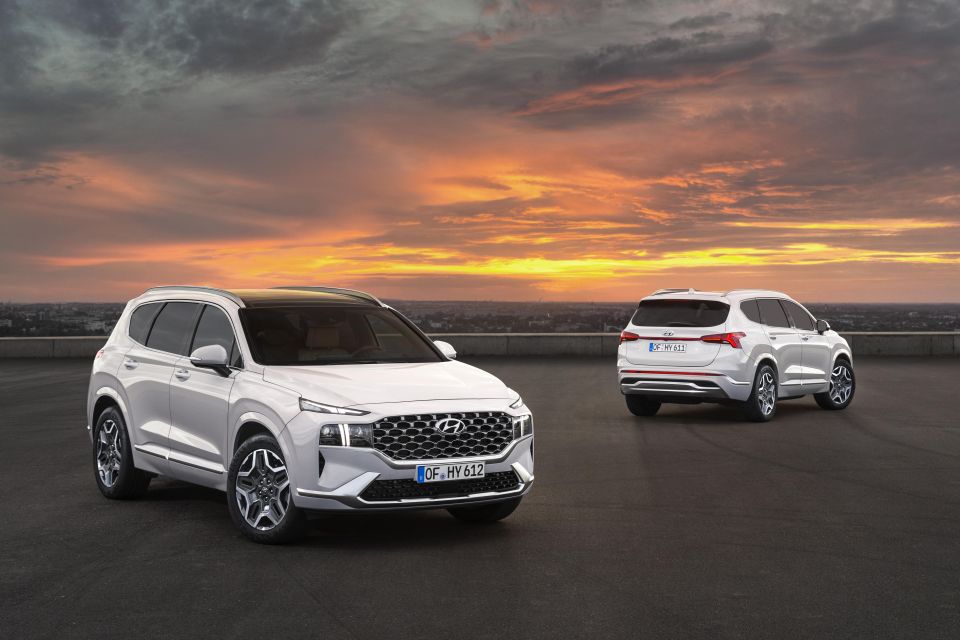
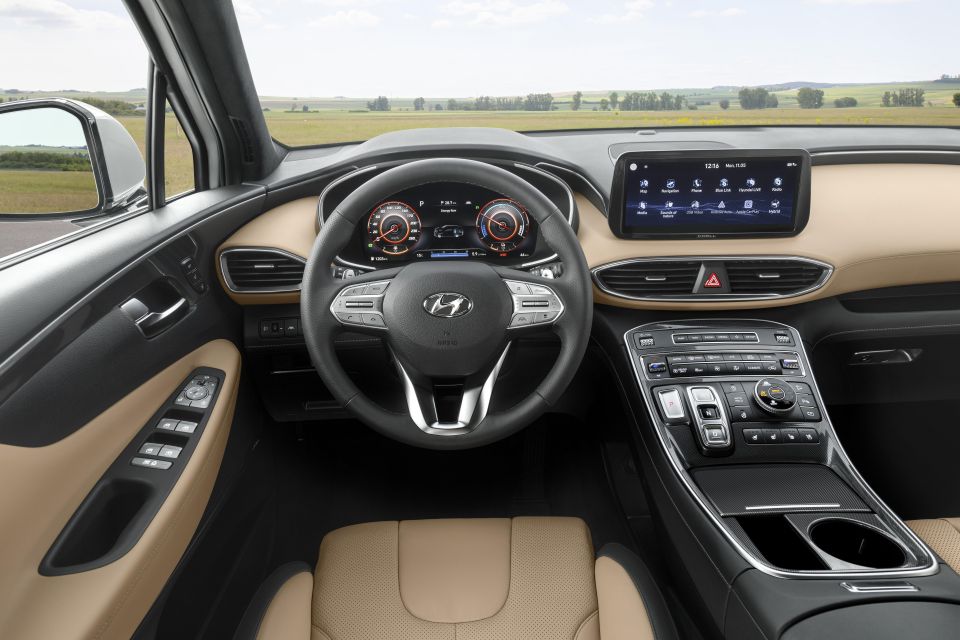
As such, it’s a fairly revolutionary change over the pre-update model that only arrived in 2018, with a wholly new interior, quite different exterior design, and a lot more tech. It’s also larger. That’s all detailed here.
Hyundai’s hybrid Santa Fe pairs a 1.6-litre T-GDi (short for turbocharged gasoline direct injection) petrol engine with a 44kW electric motor that draws power from a 1.5kWh lithium-ion polymer battery, and a six-speed automatic transmission.
Internationally it’s available with both front- and all-wheel drive, though it’s not yet clear if both drivetrain configurations will be made available in right-hand drive for us.
The total system outputs are 169kW of power and 350Nm of torque.
Fuel consumption has not been detailed as yet. For context, the 2.2-litre diesel option with 148kW/440Nm and new eight-speed dual-clutch transmission is expected to use around 6.1L/100km, and the petrol V6 around 9.7L/100km.
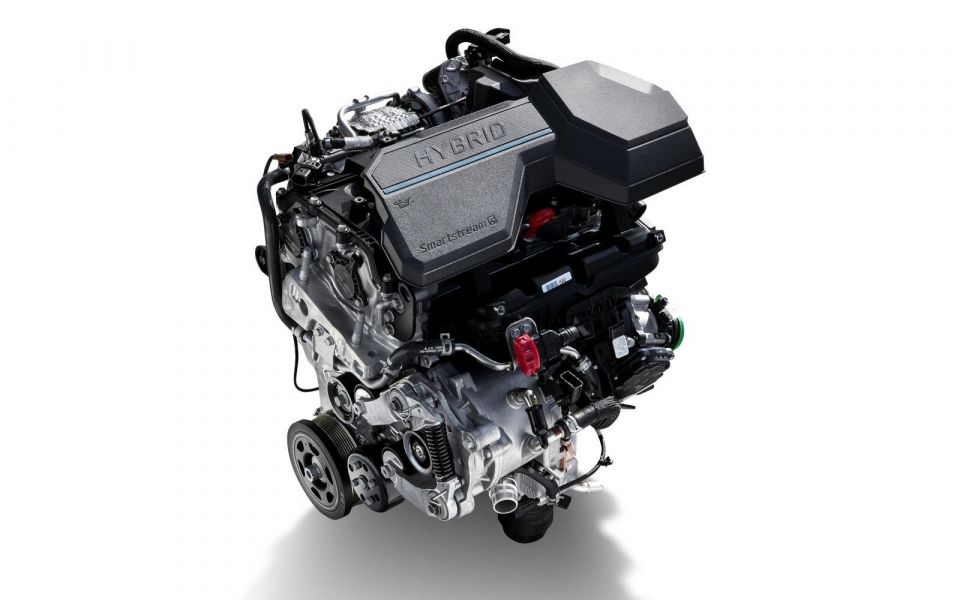
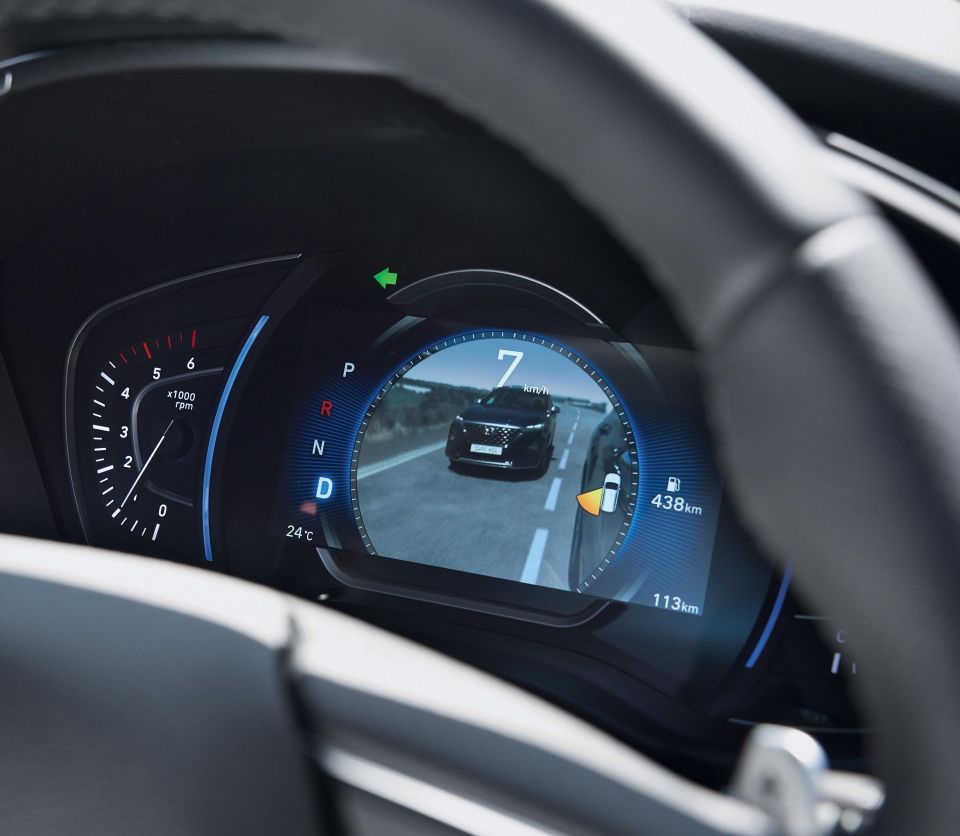
This hybrid car will take on the new-generation Toyota Kluger which, from early 2021, also launches in Australia with a model-first hybrid drivetrain – a 179kW, 2.5-litre setup.
Market leader Toyota has achieved spectacular success with its hybrid range this year, with 26.6 per cent of its total sales (equal to 33,500 units) sporting this type of mild electrification. The smaller RAV4 Hybrid was the nation’s top-selling car altogether in August.
Toyota’s secret has been keeping the price of its hybrids between $1500 and $3000 greater than regular petrol models, so expect Hyundai to do similar here if it hopes to achieve success.
As for the Santa Fe PHEV? It ups the ante by pairing the same 1.6-litre T-GDi engine with a more powerful 67kW/304Nm electric motor and higher-capacity 13.8kWh battery that can be recharged via a wall plug.
This takes the system outputs to 195kW/350Nm and allows a projected 40-50km of pure electric driving before the petrol engine kicks in.
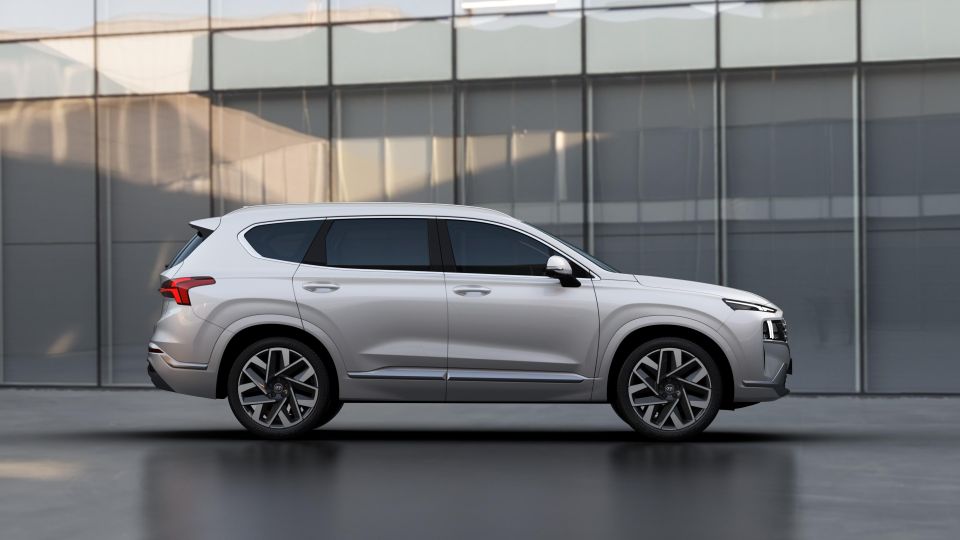
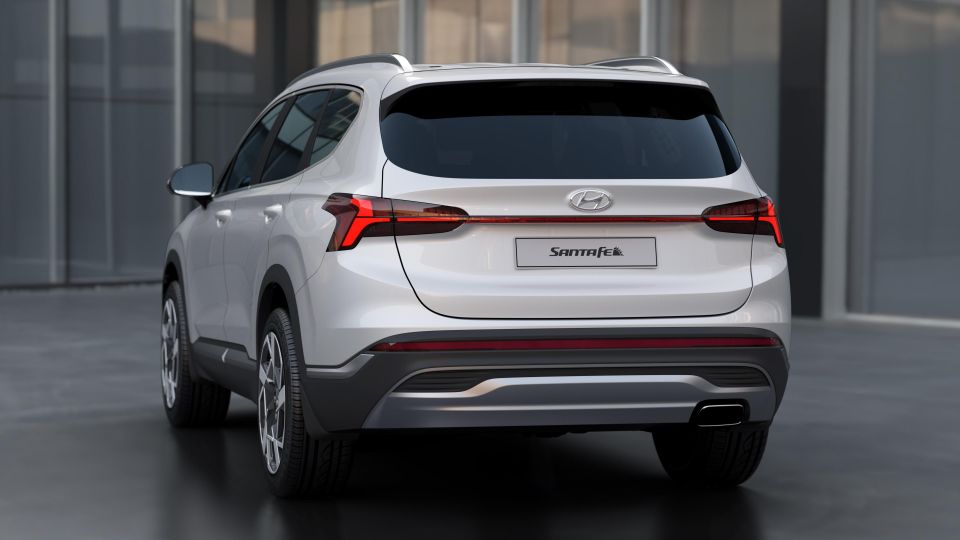
On another tack, Hyundai is about to embark on a mammoth product overhaul in Australia, which it no doubt hopes will reverse the trajectory its sales have been taking for the past few years.
The brand plans to launch up to 18 new or facelifted models before the end of 2021, an average of one per month. Without devolving to hyperbole, that’s about as extensive as product makeovers get.
Other new or facelifted models due in the next year include the i30 sedan, updated i30 and i30 N, new Palisade, new Tucson,updated Kona, new Sonata, and the i20 hot hatch. There’s also the likely Ioniq 5 EV crossover.
Where expert car reviews meet expert car buying – CarExpert gives you trusted advice, personalised service and real savings on your next new car.


CarExpert.com.au
3 Days Ago


Max Davies
4 Days Ago


Damion Smy
4 Days Ago


Max Davies
5 Days Ago


Max Davies
7 Days Ago


Damion Smy
8 Days Ago